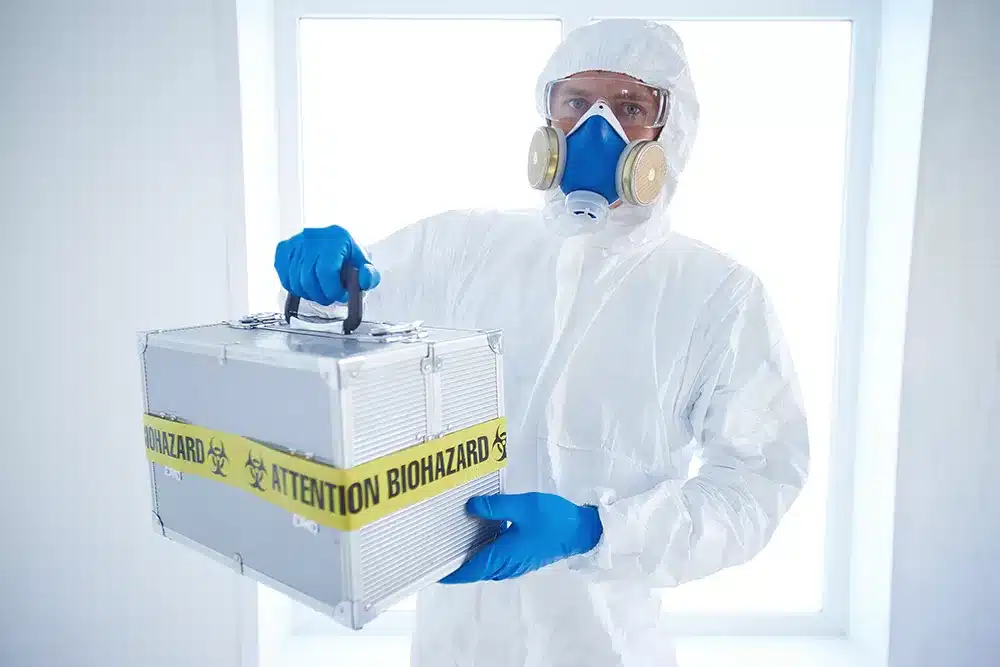What Is Hazmat Cleaning? Steps Involved in a Los Angeles Hazmat Cleanup Process

Hazmat cleaning, also known as hazardous materials cleaning, is the process of removing and cleaning up hazardous materials and substances from a site. Hazardous materials can include a wide range of substances, such as chemicals, biological waste, and radioactive materials. Hazmat cleaning is necessary to protect the environment and ensure the safety of people who live and work in the affected area.
Hazmat cleaning is a specialized field that requires extensive training, experience, and knowledge of hazardous materials and their proper disposal. Hazmat cleaning professionals must follow strict guidelines and protocols set by local, state, and federal regulations to ensure the safe and effective removal of hazardous materials.
Hazmat cleaning can be required in a variety of situations, including:
-
- Chemical spills: Hazmat cleaning is necessary to clean up and dispose of hazardous chemicals that have been spilled or leaked. This can occur in industrial settings, transportation accidents, or in any situation where chemicals are being used or transported.
- Biohazardous waste: Hazmat cleaning is necessary to remove and dispose of biohazardous waste, such as blood, bodily fluids, and other biological materials. This can occur in medical facilities, crime scenes, and other locations where biological materials may be present.
- Asbestos removal: Hazmat cleaning is necessary to remove and dispose of asbestos, a hazardous material that was commonly used in building materials before its health risks were discovered. Asbestos removal must be done by trained professionals to prevent exposure to harmful asbestos fibers.
The hazmat cleaning process typically involves several steps:
-
- Identification of the hazardous materials: Hazmat cleaning professionals must identify the hazardous materials and substances present at the site to determine the proper procedures for removal and disposal.
- Containment: Hazmat cleaning professionals must contain hazardous materials to prevent them from spreading and causing further harm. This can include sealing off the affected area and using protective gear to prevent exposure.
- Removal: Hazmat cleaning professionals must safely remove the hazardous materials from the site and transport them to a designated facility for proper disposal.
- Cleaning and disinfection: Hazmat cleaning professionals must thoroughly clean and disinfect the affected area to ensure that all traces of the hazardous materials have been removed.
- Disposal: Hazmat cleaning professionals must dispose of the hazardous materials in accordance with local, state, and federal regulations to ensure that they do not pose a threat to the environment or public health.
In conclusion, hazmat cleaning is a critical process for protecting the environment and public health from hazardous materials and substances. It is a specialized field that requires extensive training and expertise to safely and effectively remove and dispose of hazardous materials. If you find yourself in a situation where hazardous materials are present, it is essential to contact a professional hazmat cleaning service to ensure that the materials are safely and properly removed.
